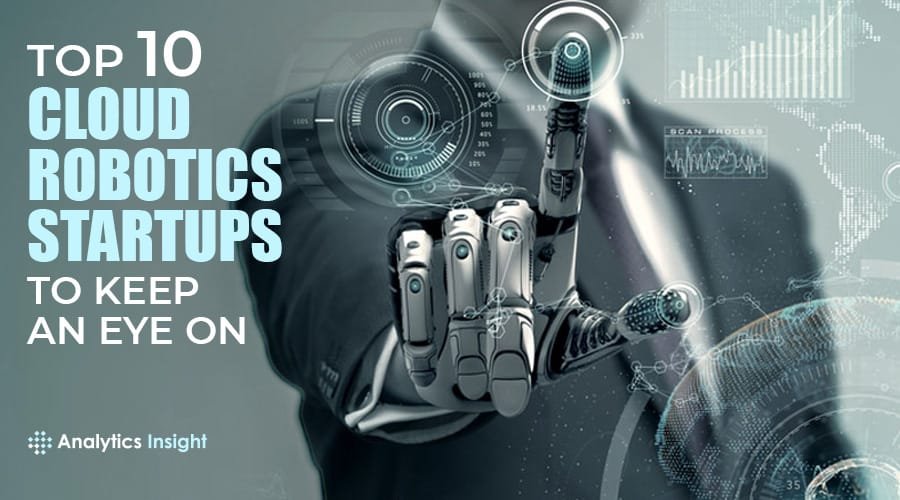Source:-idgconnect
Insolvencies loom large, according to the International Monetary Fund’s (IMF) recent report into the global economy. As governments ease their financial support for businesses, we are already seeing redundancies across a number of sectors, including retail, travel, hospitality, entertainment and manufacturing. With so many businesses grinding to a halt over the past few months and now looking to re-ignite interest in a difficult economy, they could be forgiven for trying to re-imagine how they operate and how, in the immediate future, they will survive, let alone grow.
Understandably, interest in robotics is growing, as advances in robotics and robotic process automation (RPA) technologies accelerate. Manufacturing, in particular the motor industry, has traditionally been a leading sector for robotics but now interest is spreading across industries and that includes some unusual applications. The ICE+FRIES bar in Iceland’s capital Reykjavik, for example, with its robot cocktail maker Toni, the robotic restaurant start-up Karakuri, or Spot the robot dog from Boston Dynamics, that patrolled Singapore’s Bishan-Ang Moh Kio Park back in May, reminding people to maintain social distancing. All illustrate the increasing breadth of automated technology but for most organisations, robotics will drive the more mundane.
According to Dr. Leslie Willcocks, Professor of Work, Technology, and Globalisation at the London School of Economics Department of Management, while most businesses want to harness automation for resilience, speed, lower costs and keeping up with market demands, the reality is somewhat different.
“In our latest research, some 65 percent are focusing on making outlays only on lower end Robotic Process Automation to get cheap quick wins necessary to either sweat the assets, or underpin today’s business performance,” he says. “Some 20 percent are continuing to make investments following a long-term strategy but at a slower rate, while only 15 percent are fully on board with investing in advanced automation as part of a larger digital transformation.”
Unsurprisingly perhaps, Willcocks adds that “health sectors everywhere are finding quite a lot of use for automation because of increased pressure on resources.” The same of course could be said for logistics businesses. It’s the repetitive, everyday tasks that now have to be performed at a safe distance that are starting to be partially automated, primarily through the use of teleoperation, at least according to Dr Antonio Espingardeiro, senior member of the IEEE. He suggests that these tasks are ranging from “collecting and transporting hospital garbage or even constantly patrolling corridors for spraying disinfection materials.”


